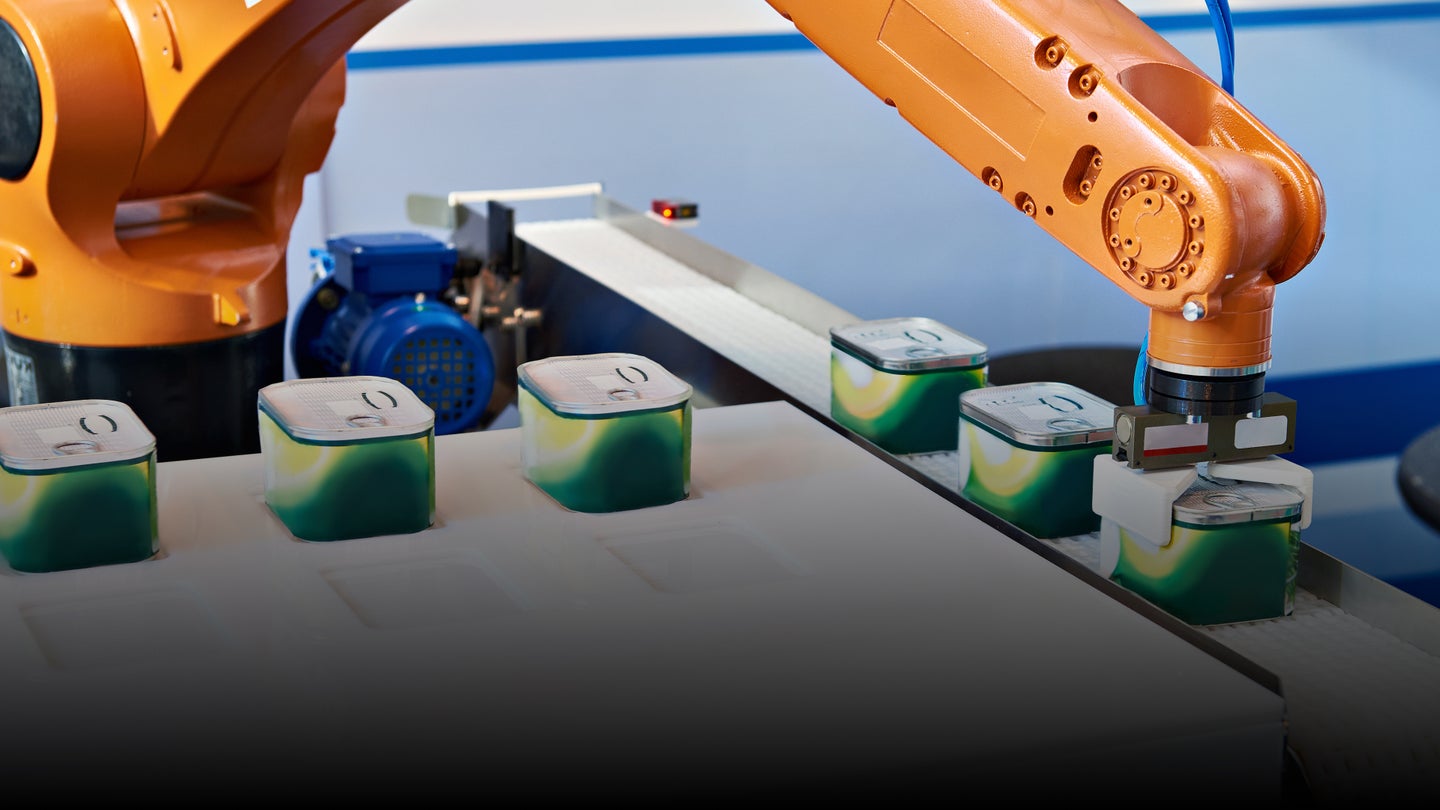Sustainably Feeding a Growing World through Farm to Fork 2023
Jan 09, 2023

By Sarah Bain, Investment Principal of the Techstars Farm to Fork Accelerator
Food Tech continues to evolve across the ever-expanding food vertical. More and more entrepreneurs, investors, and corporations are getting involved every year. Our thesis at Farm to Fork has evolved alongside this industry growth. In the sixth year of the Techstars Farm to Fork program, and in partnership with Ecolab, we are excited to find and work with the entrepreneurs solving the biggest problems across the food tech ecosystem. As the world’s population continues to grow and we deal with waning resources and climate change, our focus is on innovative solutions in food tech that address how our food system impacts and is impacted by these global issues.
This growth in investment into food tech companies is driven by the massive business opportunities in the innovative solutions currently entering the market.
Specifically, our program will focus on five key areas; Sustainability, Labor, Supply Chain, Human & Animal Health, and New Alternatives.
Within sustainability, we will focus on the intersection of food, conservation, and the protection of the earth's resources. We’re especially interested in water, one of its most precious resources, which is crucial to every point in the food supply chain.
We are also interested in companies leveraging digital technologies that streamline the food supply chain and distribution processes, further reducing our environmental impact and making products more accessible to consumers.
The industry has also seen an increased priority on solving labor issues. There is a global labor shortage from production facilities to farms to restaurants. It isn’t just a shortage problem. Enterprises face retention challenges and struggle to ramp up new employees properly. Innovations across the food labor market are needed now more than ever before.
Over the past five Farm to Fork Accelerators, we have seen an evolution in Human & Animal Health solutions. Solutions challenging antibiotic resistance through bacteriocins, diagnostic support for farms, and using computer vision for the future of meat inspection have joined us, and this year we’re looking for even more advancements in the world of health and hygiene for both animals and humans.
Lastly, as the population continues to expand, we look for new innovations to feed the planet. We have made several investments in this space in past programs, but the need for alternative proteins and food continues and will have broad impacts o the climate and the future of food across the supply chain.
As always, these themes are our guiding light for the Farm to Fork Accelerator, but we love talking to any entrepreneurs working on ideas tangential to Food Tech.
The Specifics:
Sustainability
We continue to focus on sustainability across the food systems to reduce materials, water consumption, and ingredients. Water conservation and management are crucial to protecting the planet for years to come. We have made several investments over past programs in the sustainability space and will continue to look for innovation in the following areas:
Water - The food system is a huge consumer of water. Reduction of use, water health, and water processing are all in scope.
Animal management - Animal-based protein is not going away overnight. Efficiently managing animals can have a dramatic impact on the reduction of their footprint.
Bioenergy/Biomaterials - This is broad. Plastics to energy, there is a tremendous amount of opportunity to leverage food waste streams.
Labor: The majority of consumers often only consider labor issues when a food order is processed incorrectly or business hours are shortened due to staffing difficulties. However, these labor issues actually drive many of the biggest problems affecting the food supply chain. Labor shortages are significantly affecting the final consumer at every stage of the supply chain, from manufacturing to transportation to production. These problems have a direct and immediate impact on pricing and quality in addition to shortages. Here is a list of a few specific areas of interest within the labor bucket to help solve these massive problems:
Compliance & Training - High turnover and untrained labor forces are a reality. Tech that can train or help monitor and manage compliance is in demand, along with tech that enables faster employee ramp-up.
Acquisition & Retention - Interest from top of funnel through the hiring process and into employee retention.
Safety & Security - Both the food and the humans involved, from harvest to retailing.
Automation & Efficiency - Robotics and other automation tools are the long-term solution to the labor crunch. How do we make the labor force in place more effective and fill seats that humans don’t want to fill? How can processes be done at a lower cost?
Supply Chain
As the pandemic has evolved and Russia’s war in Ukraine has caused even deeper supply chain disruptions, it has become clear that we cannot go back to the food system that we had before 2020. Building back a better and more resilient food supply chain is where we need to go. There is a massive opportunity for entrepreneurs to drive adoption and trial more quickly than ever before. Here are a few specifics within the supply chain:
Redundancy & Optimization - Food is one of the most difficult things in the world to move. It is perishable and heavy.
Net Zero - As long as consumers continue to demand this, it will be felt throughout the supply chain.
Smart Manufacturing/Modular Manufacturing - Why ship food when you can manufacture closer to demand centers?
Food Service & New Dining Formats - How do end consumers get their food? Has Covid changed the food service industry forever?
Human & Animal Health
Healthier animals have a large impact on the entire food ecosystem, leading to high yields for farms, safer food, and a more sustainable planet. We are specifically interested in hygiene, from water to surfaces and cleanliness. Health solutions can come in a multitude of avenues and we are looking at them all in the space of Human & Animal Health and Hygiene, from the farms to the restaurants and food we eat.
Clean Safe Food/Water - Food & water safety have been a consistent area of interest for us. Unique revenue models in this space are especially interesting.
Cleaning & Sterilization - Unique ways to represent cleanliness to consumers. Monitoring & compliance. Unique ROI stories in cleanliness & sterilization.
Antimicrobial Surfaces and Solutions - From barns to restaurants!
Pest control - An industry where we continually see the potential for step-change as pests impact human health and food waste.
New Alternatives
The world population just eclipsed 8 billion people. We are running out of traditional space to cultivate enough food to feed the world's growing population. The alternatives space continues to grow and we must look for new types of proteins, lipids, and ways to protect our existing food. The methods by which we produce food and feed the world are changing. More details:
Novel Ingredients - We mention lipids in the preamble to this section, but this category is broad!
Picks & Shovels - Throughout history, entire support industries are always created when there is world-changing innovation. It is going to happen in the alternatives space.
Things we haven't thought of yet
Safe to say this is the largest bucket but we love moonshots.

